Description
Classical Hollywood Cinema Movie Pairing Experience
Classical Hollywood cinema is a term used in film criticism to describe both a narrative and visual style of filmmaking that first developed in the 1910s to 1920s during the later years of the silent film era.
It then became characteristic of American cinema during the Golden Age of Hollywood from about 1927 with the advent of sound film, until 1969.
It eventually became the most powerful and pervasive style of filmmaking worldwide.
Similar or associated terms include classical Hollywood narrative, the Golden Age of Hollywood, Old Hollywood, and classical continuity.
The period is also referred to as the studio era, which may also include films of the late silent era.
For millennia, the only visual standard of narrative storytelling art was the theatre. Since the first narrative films in the mid-late 1890s, filmmakers have sought to capture the power of live theatre on the cinema screen. Most of these filmmakers started as directors on the late 19th-century stage, and likewise, most film actors had roots in vaudeville (e.g. The Marx Brothers) or theatrical melodramas.
Visually, early narrative films had adapted little from the stage, and their narratives had adapted very little from vaudeville and melodrama.
Before the visual style which would become known as « classical continuity », scenes were filmed in full shot and used carefully choreographed staging to portray plot and character relationships. Editing technique was extremely limited, and mostly consisted of close-ups of writing on objects for their legibility.
Though lacking the reality inherent to the stage, film (unlike the stage) offers the freedom to manipulate apparent time and space, and thus create the illusion of realism – that is temporal linearity and spatial continuity.
By the early 1910s, when the Lost Generation was coming of age, filmmaking was beginning to fulfill its artistic potential. In Sweden and Denmark, this period would later be known as the « Golden Age » of the film; in America, this artistic change is attributed to filmmakers like D. W. Griffith finally breaking the grip of the Edison Trust to make films independent of the manufacturing monopoly.
Films worldwide began to noticeably adopt visual and narrative elements which would be found in classical Hollywood cinema. 1913 was a particularly fruitful year for the medium, as pioneering directors from several countries produced films such as The Mothering Heart (D. W. Griffith), Ingeborg Holm (Victor Sjöström), and L’enfant de Paris (Léonce Perret)
that set new standards for the film as a form of storytelling. It was also the year when Yevgeni Bauer (the first true film artist, according to Georges Sadoulstarted his short, but prolific, career.
In the world generally and America specifically, the influence of Griffith on filmmaking was unmatched.
Equally influential were his actors in adapting their performances to the new medium. Lillian Gish, the star of film short The Mothering Heart, is particularly noted for her influence on on-screen performance techniques.
Griffith’s 1915 epic The Birth of a Nation, also starring Gish, was ground-breaking for film as a means of storytelling – a masterpiece of literary narrative with numerous innovative visual techniques.
The film initiated so many advances in American cinema that it was rendered obsolete within a few years.
Though 1913 was a global landmark for filmmaking, 1917 was primarily an American one; the era of « classical Hollywood cinema » is distinguished by a narrative and visual style which began to dominate the film medium in America by 1917


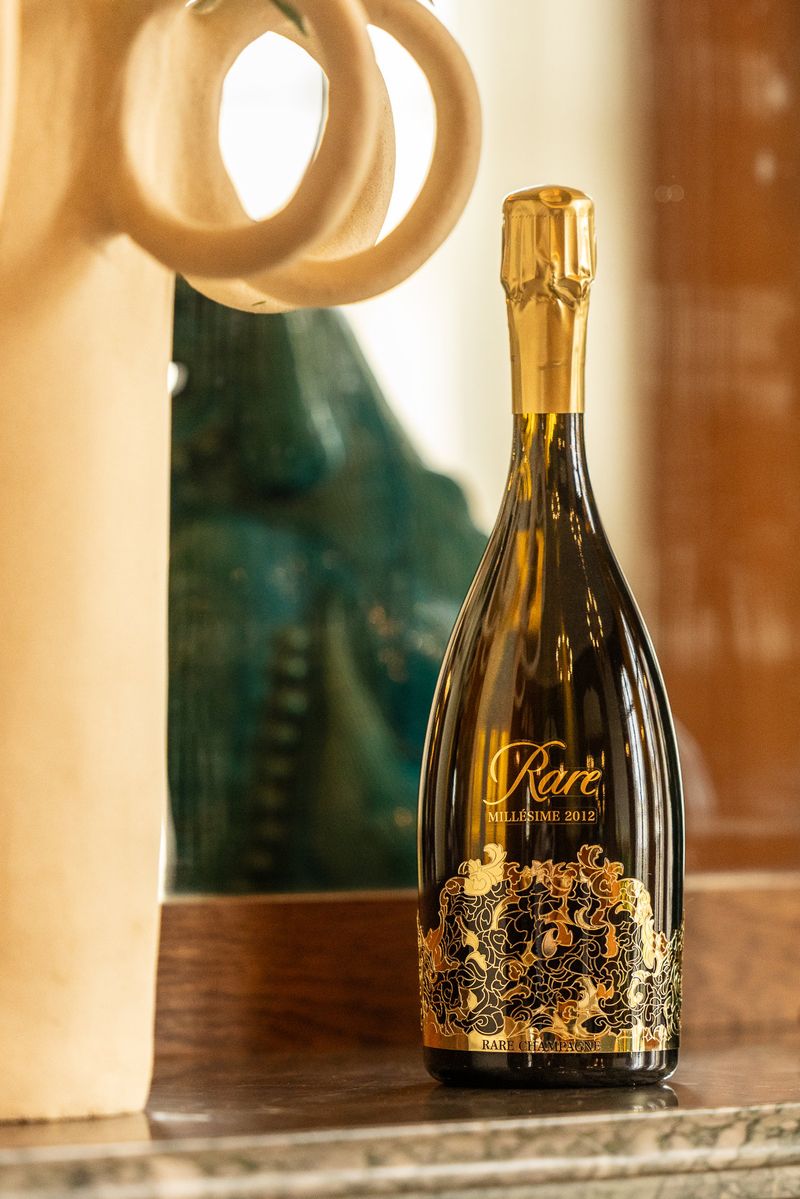
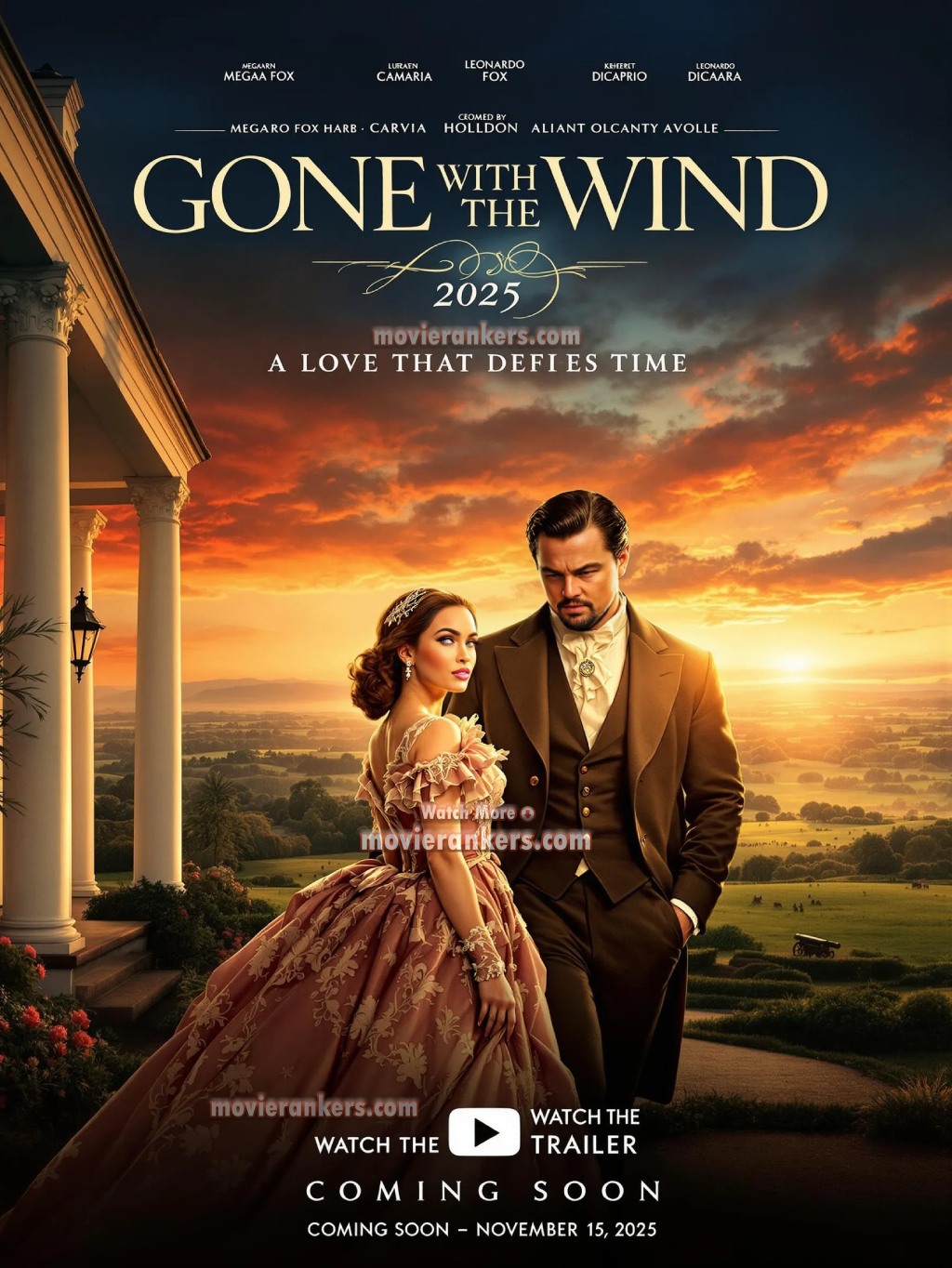
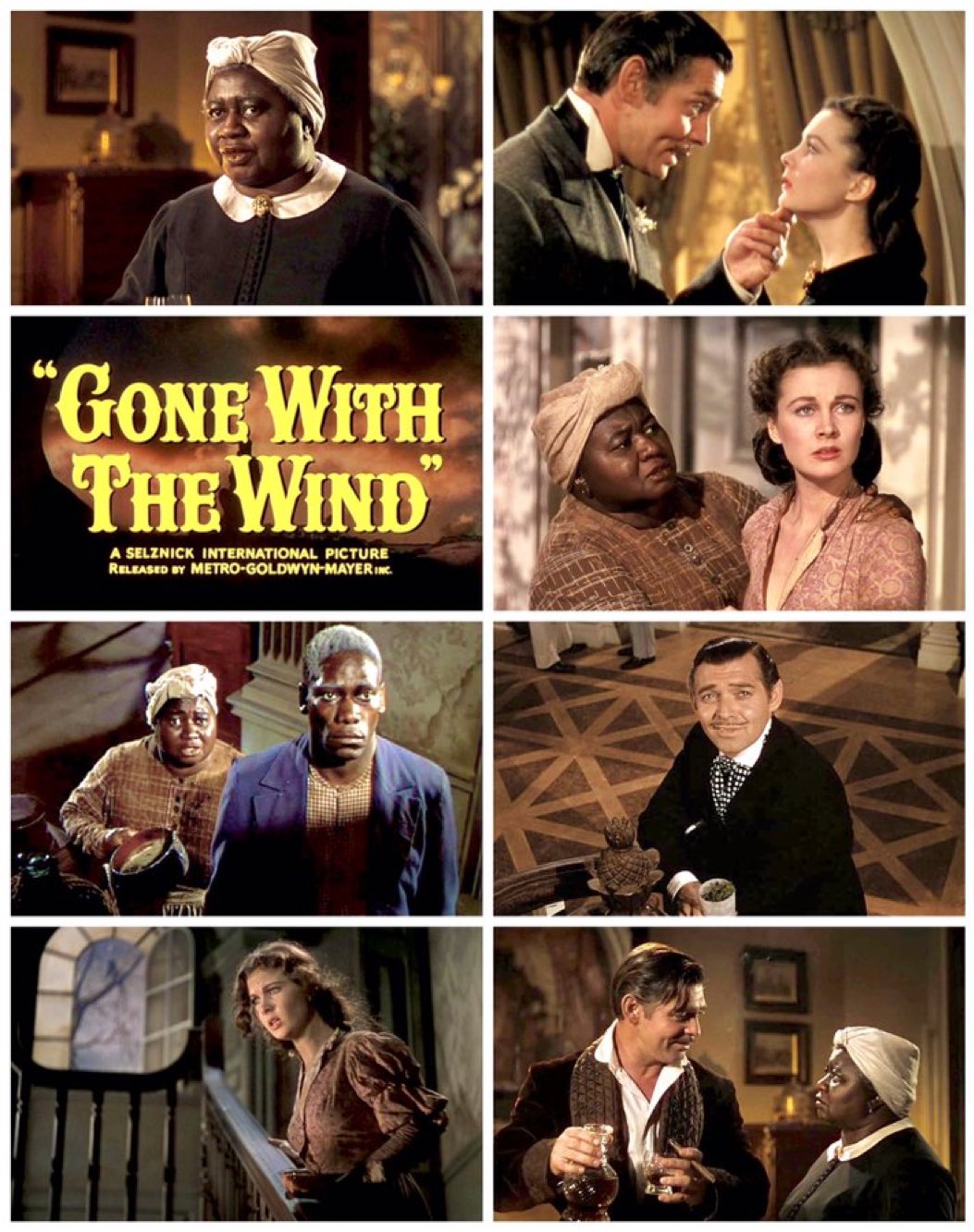

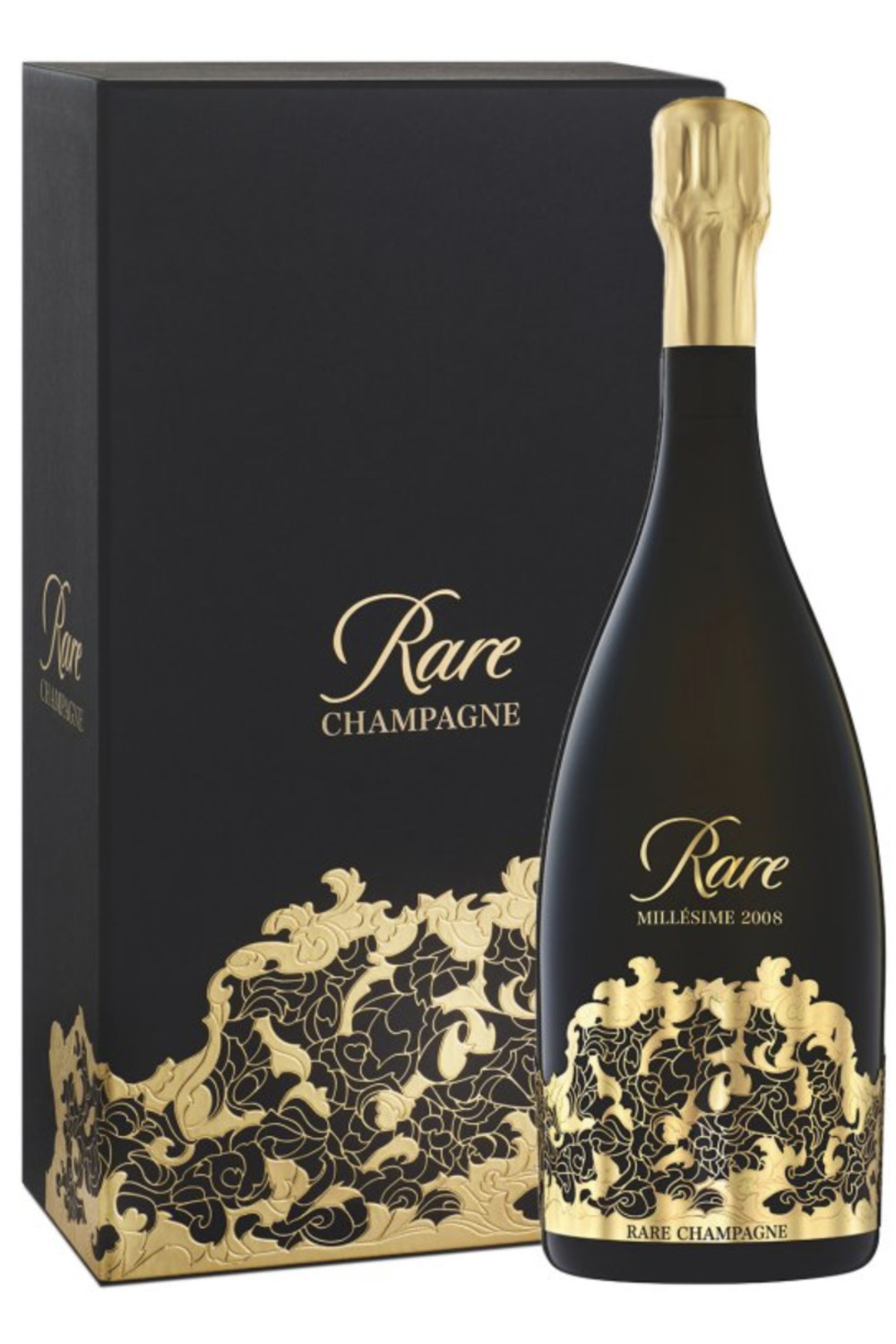
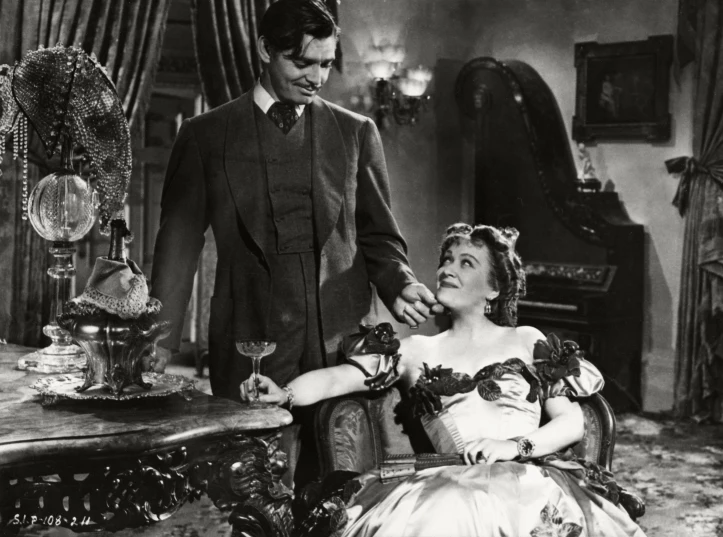
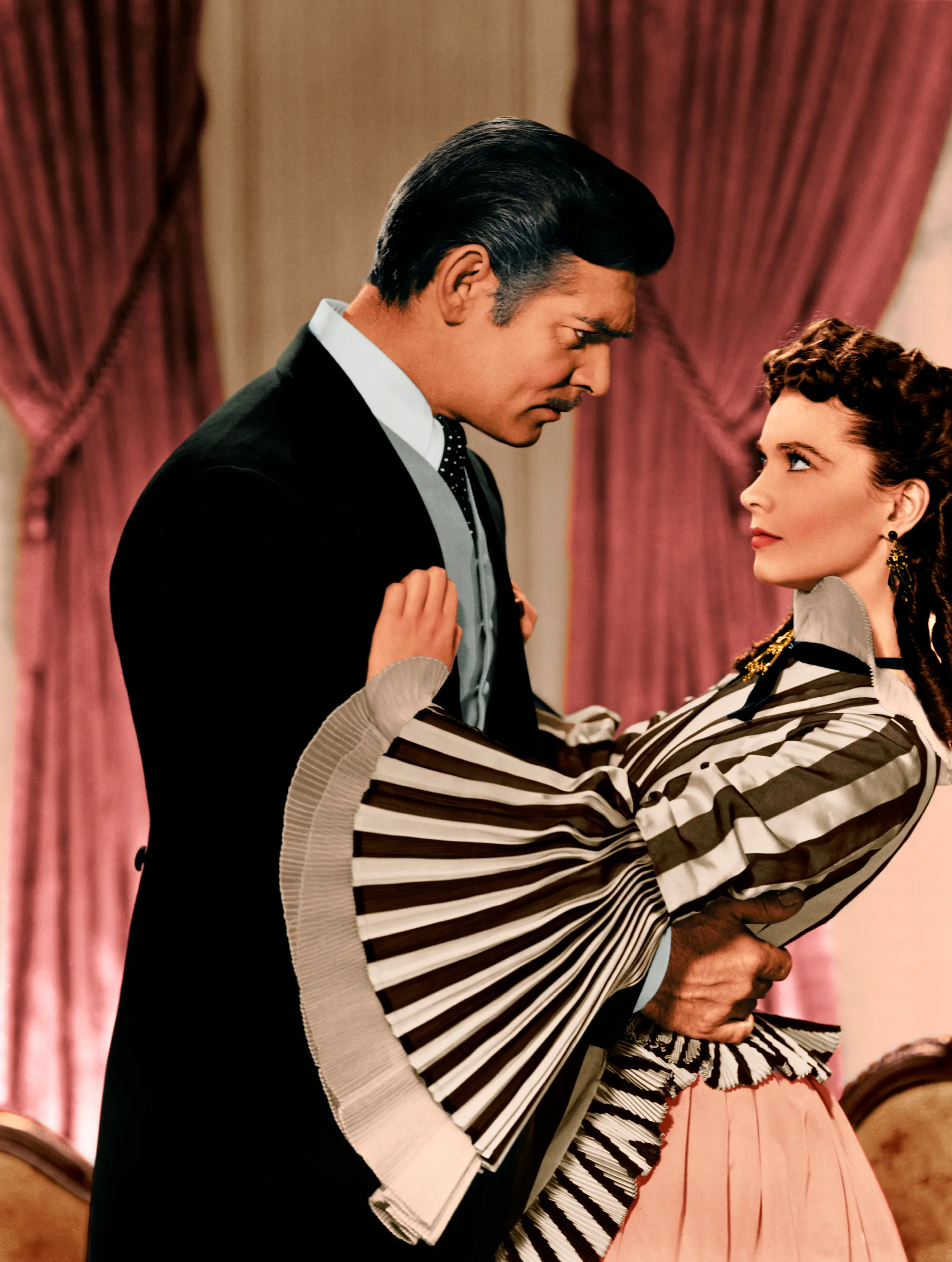
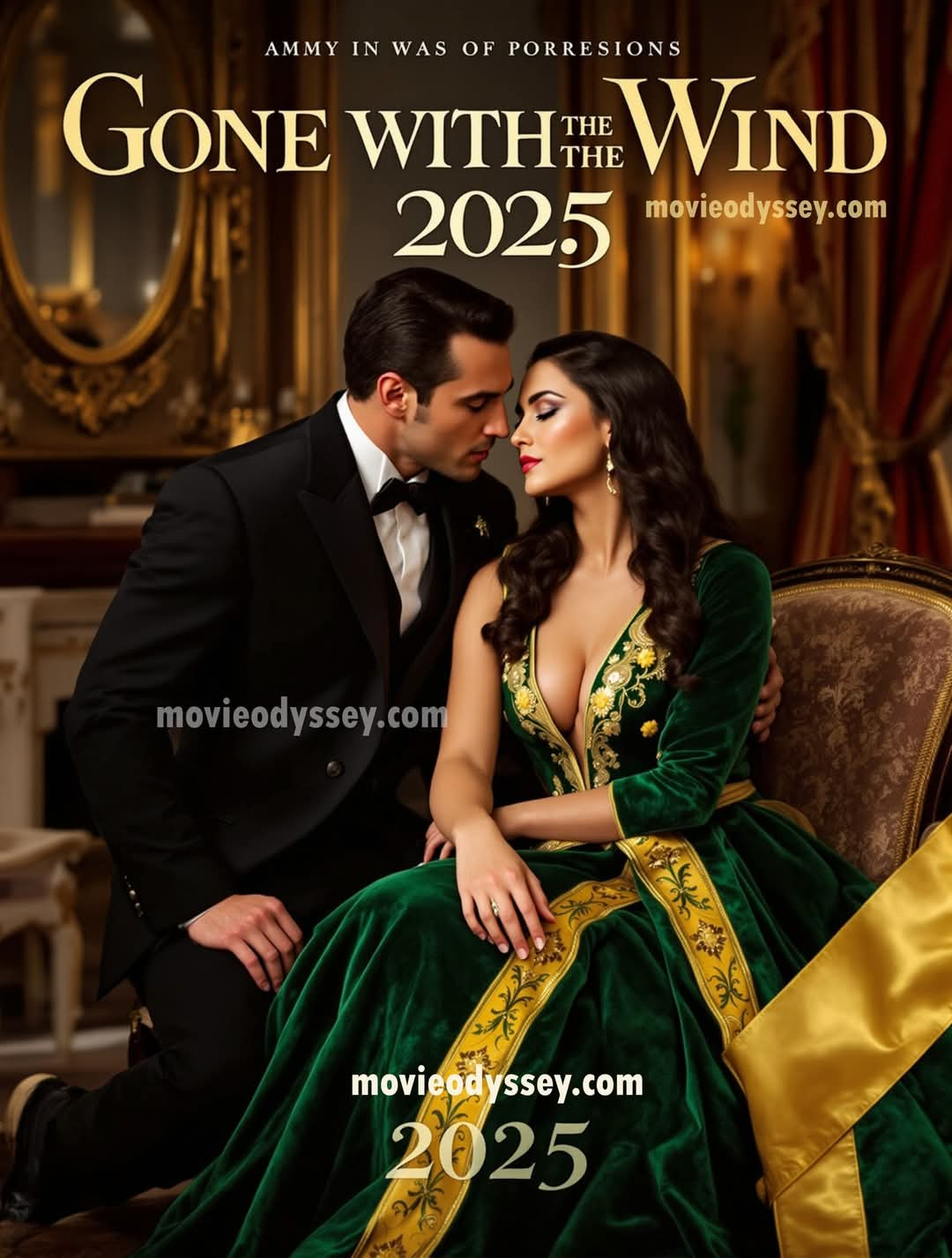

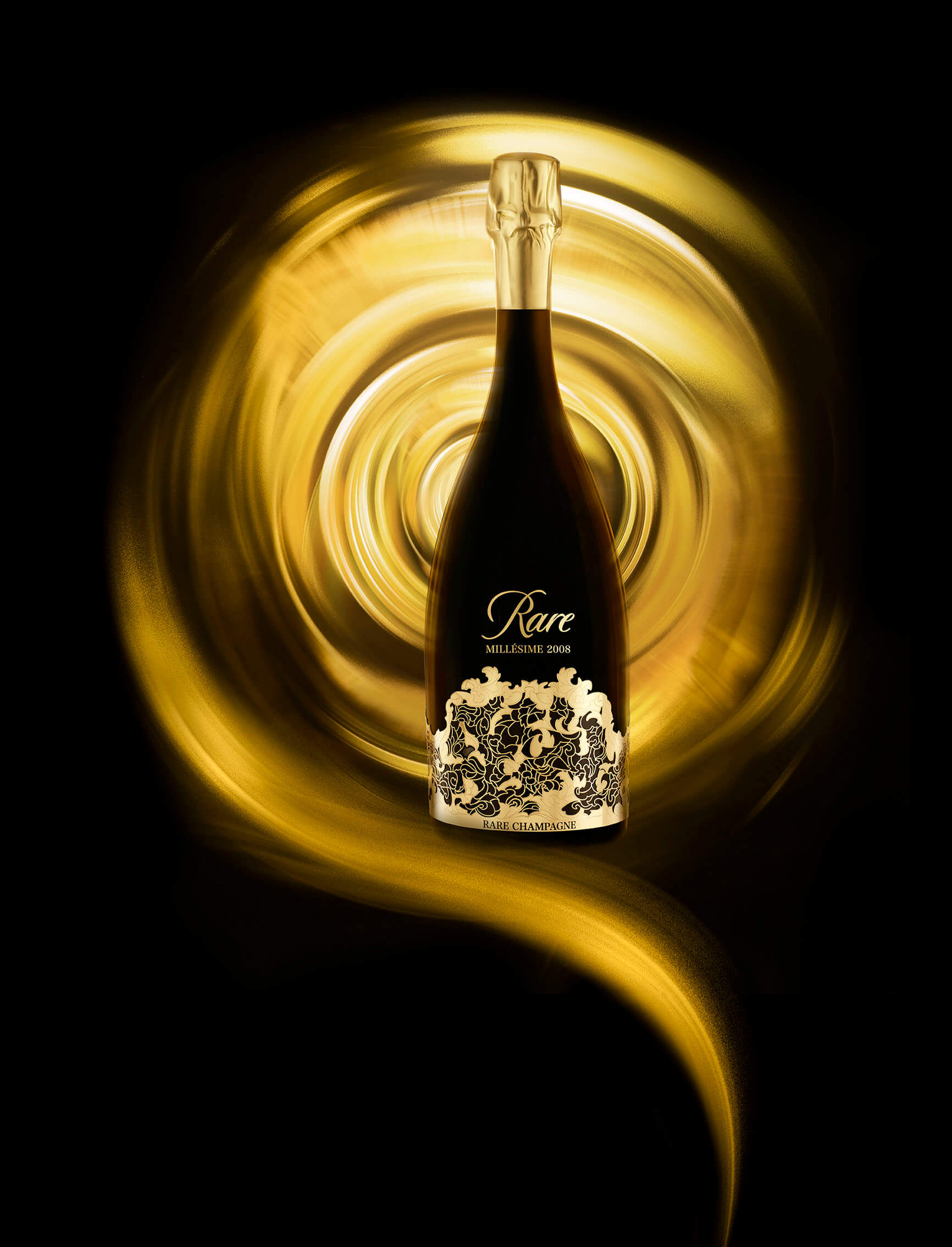
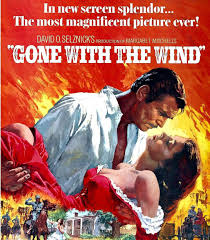
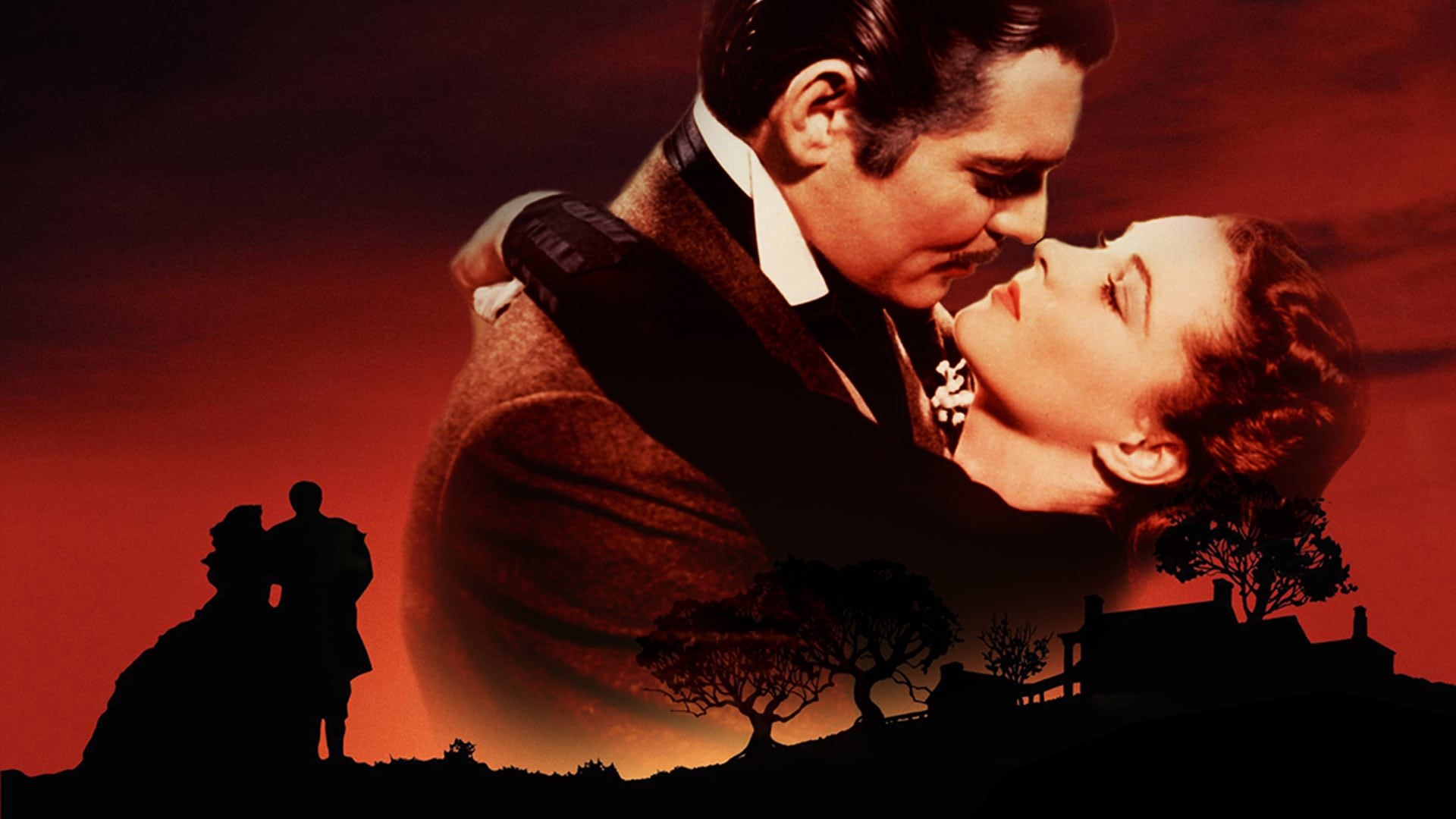
Avis
Il n’y a pas encore d’avis.